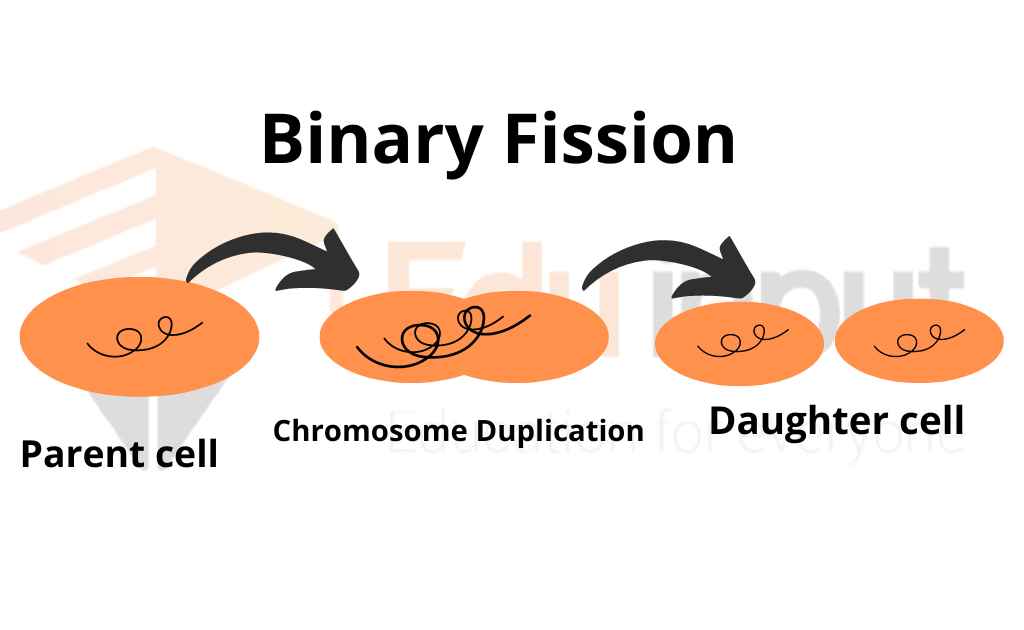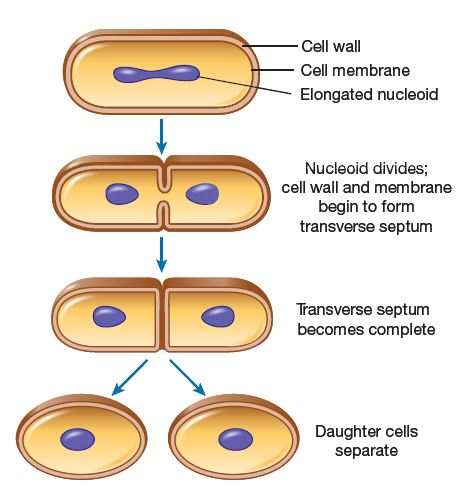

During budding, a small portion of the parent cytoplasm is separated as the new organism. During binary fission, a symmetrical division of parent cytoplasm between two daughter cells can be identified. Budding can be observed in fungi, plants, animals like metazoans and parasites. Binary fission mostly occurs in prokaryotes like bacteria. Binary fission is a type of fission and budding is a type of asexual propagation. Conclusionīinary fission and budding are two asexual reproduction methods found in simple organisms. It can not be induced artificially.īudding:Budding can be induced artificially. Artificial Inductionīinary Fission:Binary fission is a natural process. Presenceīinary Fission:Binary fission is mostly found in bacteria and archaea.īudding: Budding is found in parasites, fungi, plants and metazoans like animals. Symmetric/Asymmetric Divisionīinary Fission:Binary fission is a symmetric division.īudding: Budding is an asymmetric division. After detaching of the new organism from the parent, the parent organism remains the same. Thus, no parent can be identified after the division.īudding:The bud is developed from the parent organism. Parent Organismīinary Fission:Parent organism is divided into two daughter organisms.

Type of Divisionīinary Fission:Binary fission is a type of fission.īudding:Budding is a type of vegetative propagation. Difference Between Binary Fission and Budding Definitionīinary Fission:The division of a single organism into two daughter organisms is referred to as binary fission.īudding: The formation of a new organism through a bud from the parent organism is referred to as budding. In horticulture, grafting a bud of one plant to another plant is referred to as budding. In viruses, viral shedding is a form of budding.

Endopolygeny is the production of multiple organisms by internal budding. They develop two daughter cells by endodyogeny. Parasites like Toxoplasma gondii asexually reproduce through internal budding. The volume of the cytoplasm is also approximately equal. The two newly formed cells contain an approximately equal number of ribosomes, plasmids and other components of the cytoplasm. The division of the cytoplasm is known as cytokinesis. A new cell wall forms between the separated cells. The equatorial plate constricts in order to separate the plasma membrane. All the components like ribosomes and plasmids increase their number. Two replicated chromosomes move to the opposite poles. The single, circular chromosome of bacteria, which is tightly coiled prior to the replication becomes uncoiled and undergoes replication. Mechanism of Binary FissionĭNA replication is the first event that occurs during binary fission. Eukaryotic organelles like mitochondria also exhibit binary fission by increasing the number of organelles inside the cell.

Generally, prokaryotes like bacteria and archaea exhibit binary fission as the cell division mechanism of asexual reproduction. The division of a single organism into two daughter organisms is referred to as binary fission. What is the difference between Binary Fission and Budding The main difference between binary fission and budding is that during binary fission, parent organism is divided into two daughter organisms by evenly separating the cytoplasm whereas, during budding, a new organism is formed from the existing organism by sprouting out.ģ. Binary fission is mostly found in prokaryotes. Main Difference – Binary Fission vs Buddingīinary fission and budding are two variations of asexual reproduction found in bacteria and fungi, respectively.


 0 kommentar(er)
0 kommentar(er)
